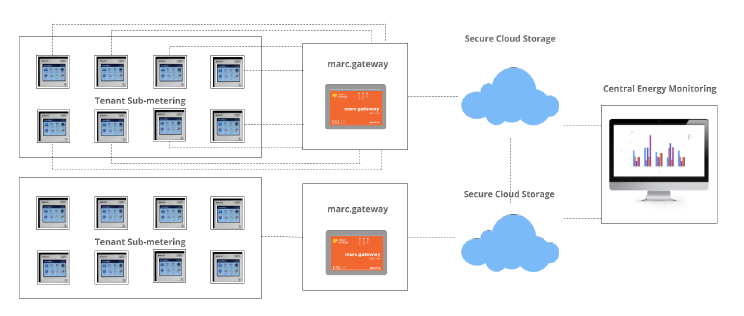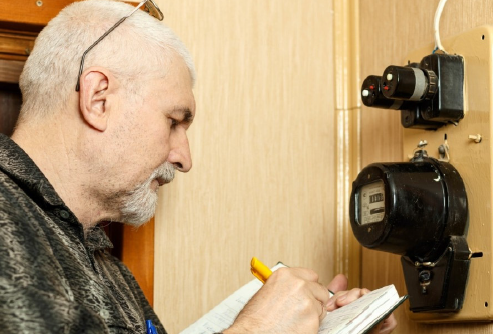The Problem
Submetering is the installation of metering devices with the ability to measure energy usage after the primary utility meter. Submetering offers the ability to monitor energy usage for individual tenants, departments, pieces of equipment or other loads individually to account for their actual energy usage. With submetering, a clear and accurate picture of how and when energy is being consumed inside a facility is created.
Nearly all the tenants sustain difficulties in tracking their energy bills. Without individual sub-metering practices, validation of such bills is highly difficult. By appropriate sub metering routine, the controversies amongst the tenants can be easily hampered. Manual data collection leads to suspicion, doubts & time non-synchronicity among other problems. Additionally, tenants get energy consumption data end of the month rather than daily need-based insights.
Submetering provides facility managers with the measurement capability to better control energy usage in a building.
The Solution
For sub-metering practices, it can be quite cumbersome for the system maintenance person to measure energy data or every meter manually. For such circumstances, it is of vital importance to have an energy management system. An energy management system (EMS) can provide metering, submetering and monitoring functions that allow facility managers to gather data that allows them to make more informed decisions about energy use.
marc.energy is a very effective solution as it is an energy management system; which focuses on advantageous practices of accurate data acquisition, energy monitoring, and platform independent data analysis. marc.energy has the precision of the alarming system in the form of emails if any working conditions are excessive. marc.energy provides detailed and automated reports to the tenants individually, consequently giving them a complete information of their energy usage. The tenants have complete control over their own energy consumption, subsequently refraining in the disputes. The validation of the energy bills can be easily accomplished as the energy reports are obtained in emails as well.
The following equipment is proposed together with the schematic:

The Benefits
- Accurate energy monitoring, real-time energy consumption
- Granular in-depth review of facility energy data
- Better information to make decisions that can help optimize energy performance
- Ability to record actual energy usage (no estimates)
- Validation of energy bills by tenants individually
- Conflicts amongst the tenants is avoided
- Regular energy tracking by the tenants
- Ability to identify and eliminate wasted energy
Common Applications
- Peak Demand Management- One of the easiest ways to lose control of electricity costs is what utilities refer to as “Peak Demand” charges. In this situation, a utility will charge a greater cost per kWh when demand is greater in order to prevent all consumers from maximum consumption during these peak times.
- Tenant Submetering- In non-submetered commercial and residential buildings, tenants are typically billed on the square footage of rented space. In this scenario, the landlord receives an electrical bill for the entire facility and bills each tenant based on the amount of space they rent.
- Energy Cost Allocation- When rising energy costs and a greater emphasis on energy efficiency, all types of facilities are looking to better understand their consumption and what is driving increased electrical bills. Submetering gives the user the ability to monitor individual equipment so that energy costs can be allocated to different departments and processes
- Power polluting tenant identification – Identification of the tenants who induced harmonics or other power quality issues and because of who the power factor is not maintained causing penalties and loses.

